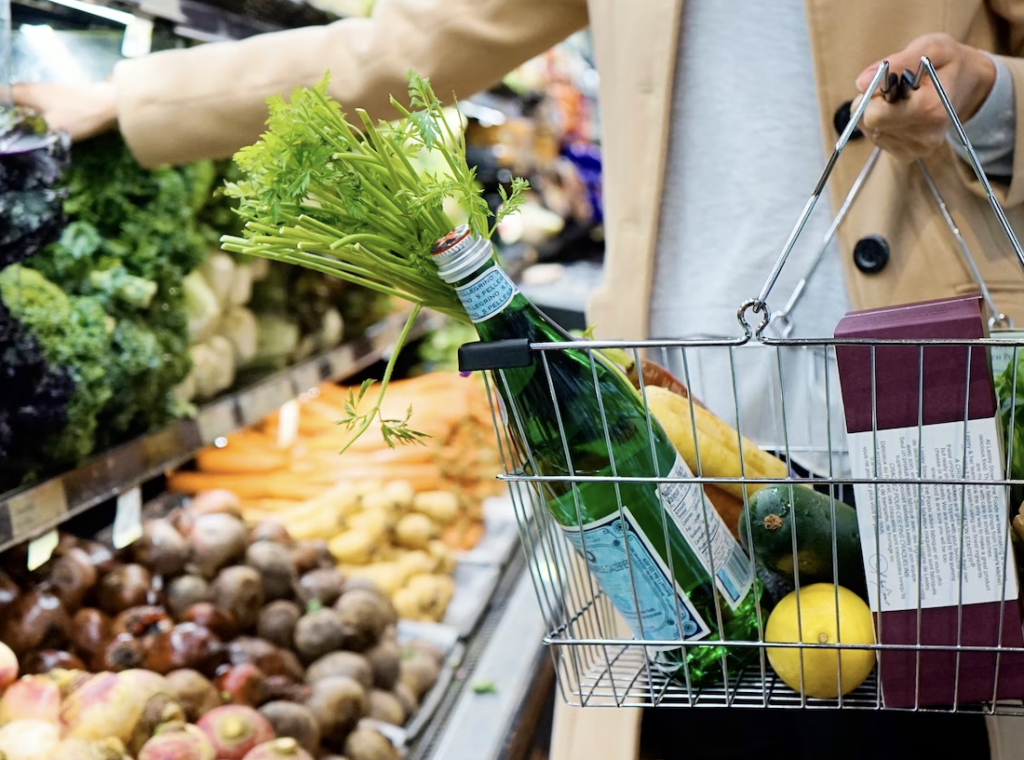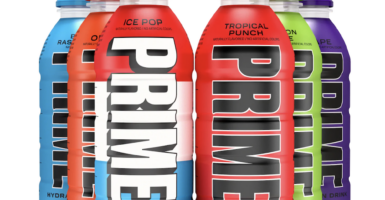Why Self-Checkout Won’t Go Away
Due to labor cost savings and stores' desire to best their competitors, self-checkout machines are here to stay despite the fact that almost 70% of shoppers say they dislike the self-checkout experience.
This article is more than 2 years old
So much of our world is shifting to automated technology and moving away from a traditional workforce model. For decades, grocery store self-checkout lanes have stood on the precipice between the two worlds. And while you may love or hate this news, they look like they are here to stay.
Self-checkout options are everywhere now. They are so ingrained in our lives – finding a grocery store without one these days is unusual. But there was once a time when this technology was revolutionary and quite rare.
The first modern self-checkout machines rolled out in 1986 at a handful of Kroger locations. But they looked quite different than what we use today. Initially, both employees and customers manned those stations that involved multiple steps just to check out.
Those rapidly developed into the more recognizable self-checkout lanes you can find in stores nowadays. By the early 2000s, Walmart jumped on the bandwagon and decided to test them out in a few stores. And thanks to Covid, even stores that balked at offering self-check quickly changed their minds.
Given the proliferation of self-checkout areas, it would appear they are an extremely popular option. However, that is not the case. According to CNN, 67% of shoppers have experienced a frustrating failure while trying to buy their groceries.
And they also cite a 2003 Neilson survey in their report, which shows nearly 70% of shoppers say the self-checkout experience ranges between “okay” and “frustrating.” So, given the lack of support from customers, it would be natural to assume the businesses benefit from their addition. But that is not necessarily the case.
The presence of self-checkout lanes has resulted in major headaches for companies. Installing and maintaining the machines is a pricey endeavor. It adds a significant and unwelcome amount to overhead costs.

Additionally, many stores have had to hire high-salaried IT personnel to deal with glitches and errors that occur regularly. And unfortunately, that is not the only additional cost companies incur. According to industry experts, stores with self-checkout lanes have an astronomical increase in loss due to theft and scanning errors.
Adrian Beck studies retail losses at the University of Leicester in the UK. According to data, he has gathered, “If you had a retail store where 50% of transactions were through self checkout, losses would be 77% higher.” Given this significant jump in loss, what could the motivation be for keeping self-checkout options?
A large part of it is that it reduces labor costs for stores by an average of 66%. So, while the self-checkout area still gets manned by a store employee, employing multiple extra cashiers costs more. The reduction in labor costs helps grocery stores keep overall costs lower.
Another factor is that customers have come to expect it. And businesses without the option for self-checkout often feel pressured to keep up with their competitors. It is partly why some holdouts, like Costco, added self-checkout options during the pandemic.
And with news that multiple retailers are moving toward exclusively self-checkout stores, it will be tough to turn this technological shift around. That may be welcome news for those who truly enjoy using self-checkout lanes. If you fall into that category, check out the pilot concepts from Walmart, Amazon, Dollar General, or Kroger.





